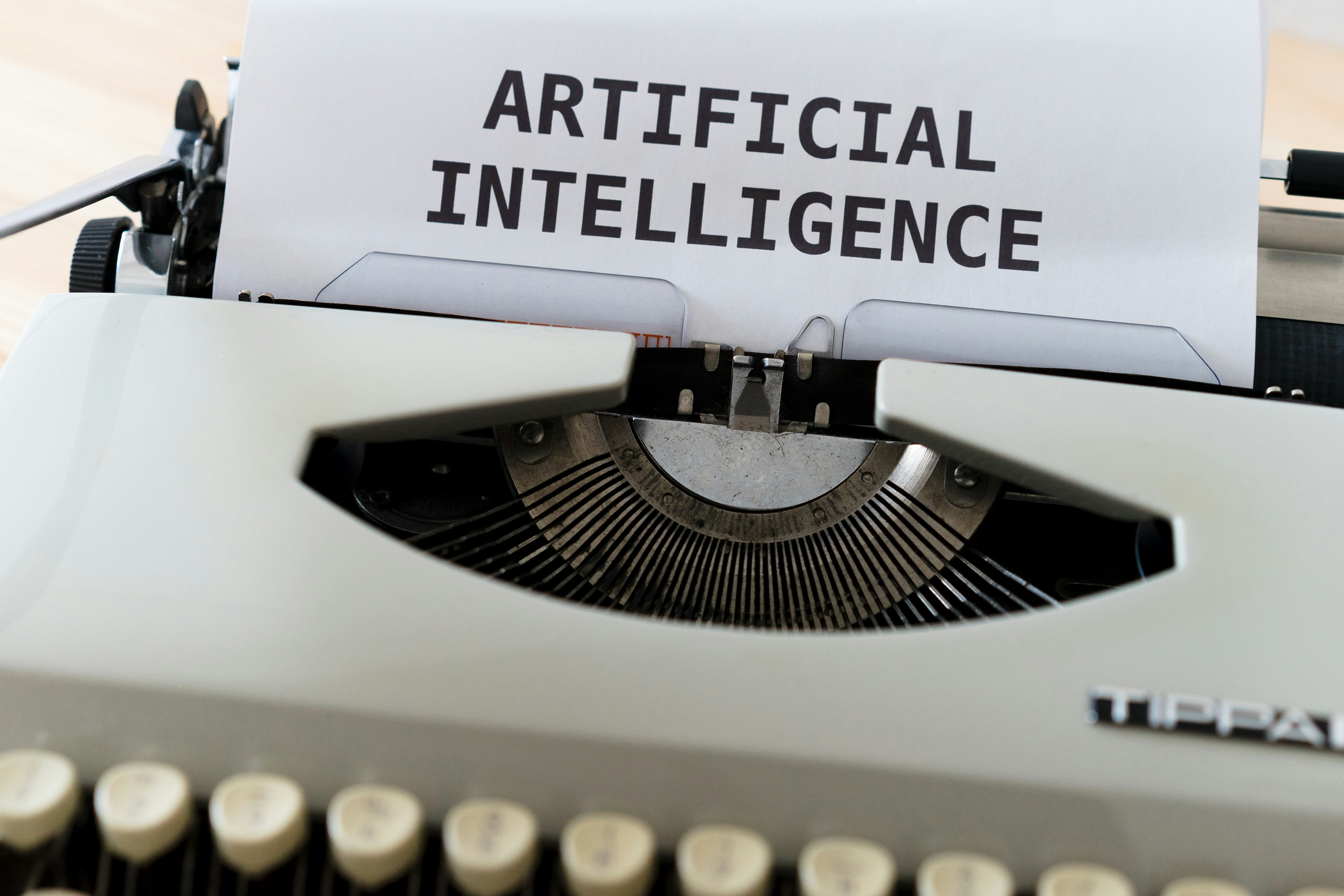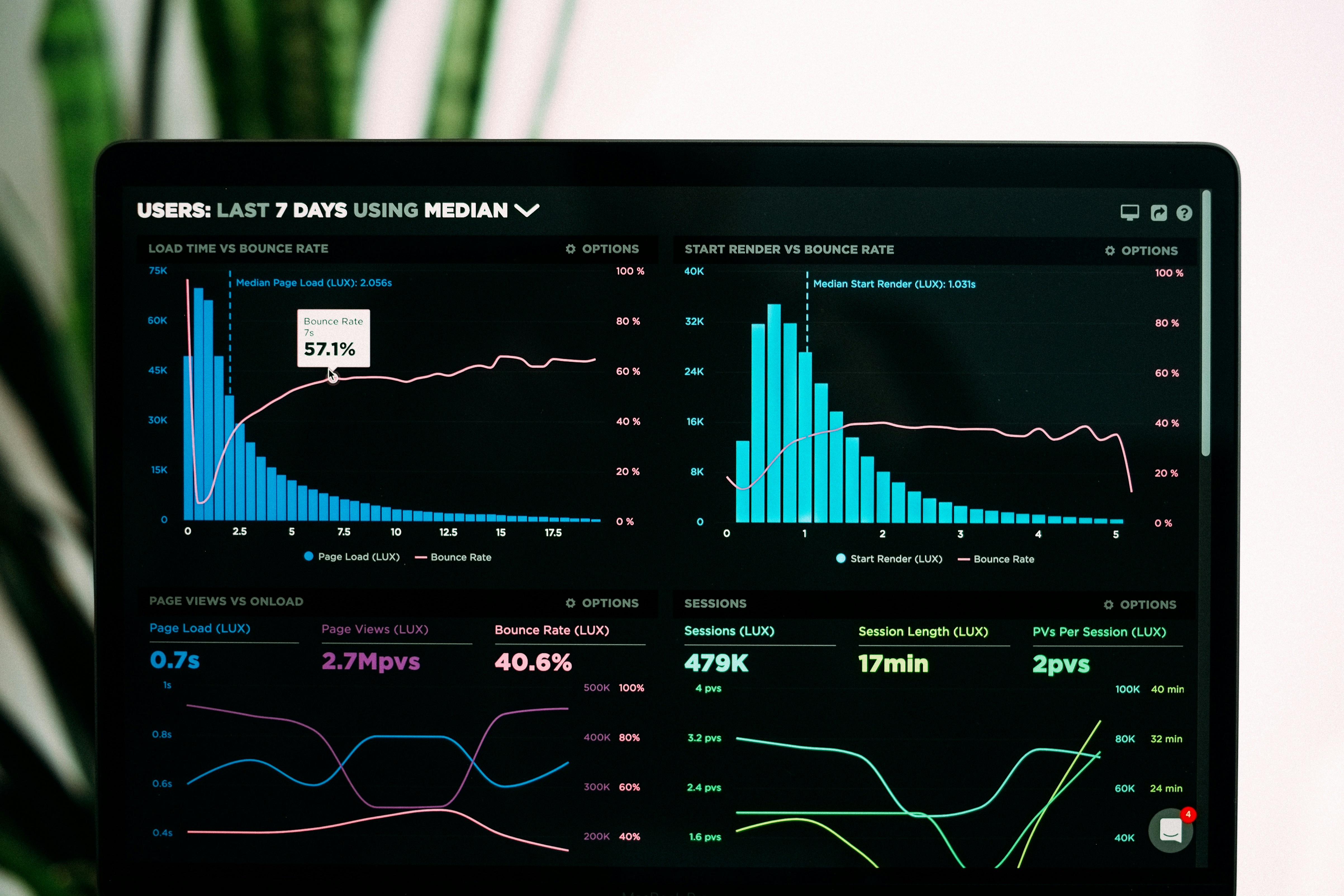The constant evolution in technology means that driven business leaders will need to reassess their reference data management strategies every year, and 2021 is no exception. Companies will focus on finding scalable options that can help them analyze and govern data across different business functions through a single platform. This is to help provide greater control over essential reference data while making it easily accessible.
Thankfully, there’s a constant evolution of essential data management tools based on the introduction of machine learning and artificial intelligence. These help to tackle future complexities involved in data diversity while bridging the gap between business operations and IT. Here are the expected reference data management trends in 2021.
Data management for multi-cloud and hybrid strategy.

Artificial intelligence and machine learning continue to grow in parallel with a rise in multi-cloud and hybrid architecture. This is causing the reference data management market to evolve with more significant challenges, strategies, and even opportunities. Several companies are rapidly accelerating their migration to cloud options, leading to a drastic increase in this trend for 2020. Having a multi-cloud strategy allows businesses to have a hybrid cloud environment that combines specialized capabilities with improved security.
Artificial Intelligence (AI) and Machine Learning (ML).

Businesses and organizations will continue to use ML and AI to promote reference data management strategies. The Augmented Data Management (ADM) offers a means of applying both AI and ML in making manual tasks more automated in data management processes. ADM will enable businesses to optimize, automate, and simplify operations related to master data management, database management systems, metadata management, data quality, and so on. At the heart of such automation are reference data management and software experts like TIBCO Software Inc.
TIBCO Software Inc is an enterprise-level software company that offers different kinds of products and a wide range of solutions, from cloud integration to data science. The company provides data virtualization, master data management, metadata management to provide consulting, education, and support to businesses across multiple industries. The company has featured products like TIBCO Cloud Integration, TIBCO Cloud Mashery, TIBCO Data Virtualization, TIBCO EBX Software, TIBCO Spotfire, and TIBCO Data Science.
Such automation processes will help promote higher productivity. The need to apply ADM in data catalogs will continue to rise in 2021; this is because of how increasingly vast datasets are distributed. Synthesizing and inventorying data will pose problems in the future. However, ML helps automate the dull aspects of understanding reference data, applying business rules, policies, classifications, and tags, in data catalogs.
A rapid increase in knowledge graphs.

Although graph databases are a comparatively new technology, giant companies like Facebook, Google, and Twitter use knowledge graphs. The latter makes it possible for large businesses to learn and understand their customers and know what informs their business decisions and product lines. Graph databases use an underlying storage mechanism known as a knowledge graph for storing data; it offers a layer to derive needed insights from the data. Graphs offer one of the fastest ways to connect reference data, especially when handling large volumes.
Data Fabric
Data fabric is a growing term in the data technology field with huge potential. As many businesses move into the hybrid world of reference data management, data is spread across both cloud options and on-premises environments. Growth in data formats and their deployments across different organizations means that businesses are now looking for the best possible ways to optimize the data assets within their current on-premises systems.
Data fabric offers the means to stretch and connect different data sources, types, and locations while offering methods for accessing the data. Data fabric technology is designed to offer solutions to the complexities involved in the hybrid world of data management, with both on-premises and cloud environments. It does so by creating a single, unified platform.
Different organizations are looking for ways to adopt multi-cloud strategies to help move their workload and reference data to the cloud. That means data will be stored somewhere between the cloud and on-premises locations, which will create scattered data available on different platforms. To better manage this practice, businesses will reinvent their data management strategies in 2021 to adopt a hybrid data management system as a way of connecting and managing data wherever they’re stored.




